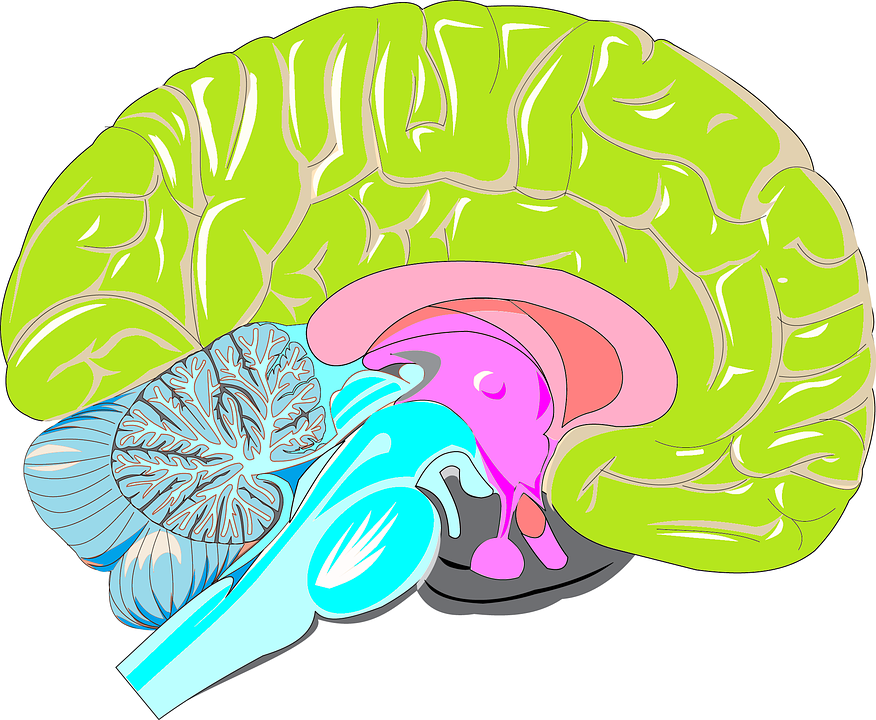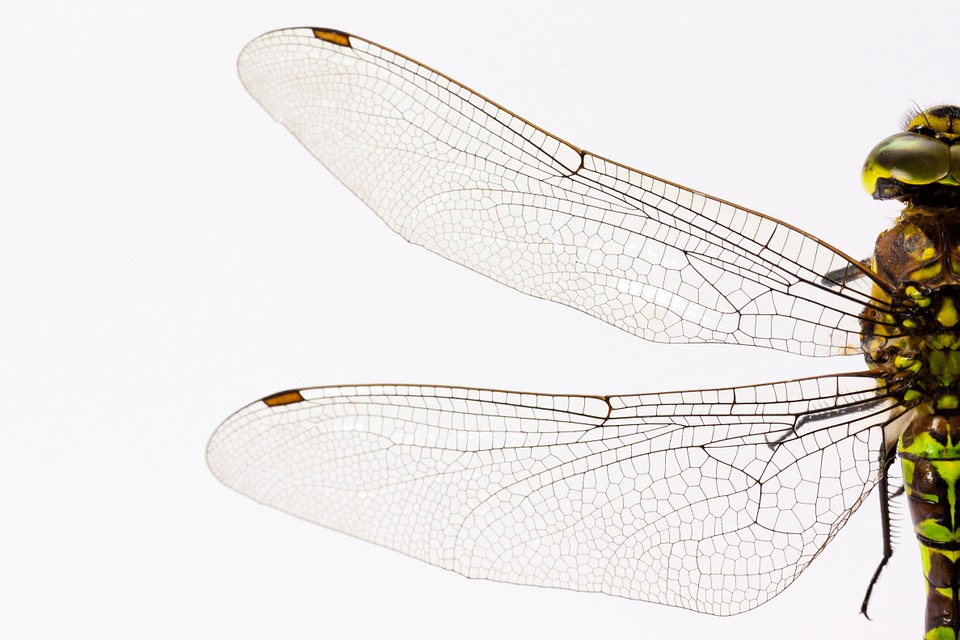When the word “addicted” comes up, our thoughts go to the obvious like alcohol and drugs but other, not so obvious things, like sugar, technology, and over-working have got us hooked on the dopamine response.
In this 4 part series on addiction, the well studied and ever-wise Zephyr Wildman explains it and how to create positive change.
This week she explains the neurology of addiction, essentially how it works in our brain and nervous system.
The subject of neurology has been on my mind (pun intended) since I recently put down the book “Upward Spiral” by Alex Korb. The book as well as my own personal findings gathered along the way explain what is happening when our hungry brain craves dopamine, the natural chemical secreted in our brains when we feel pleasure.
Sounds like a pretty mundane subject but in my experience, and study, I have found that it is at the root of much suffering in life. Addiction and depression to name a few.
It is also, as I will discuss here, the key to fulfilment in life and a vital ingredient and tool in Yoga and for those seeking recovery.
Before I get to that, let me first introduce a bit of brain function and mapping out what specific parts of the brain do with regard to habit, addiction and cyclical behaviour. Understanding these functions and processes are key to understanding the importance of Dopamine and the connection it has with Yoga and Recovery.
Neurology – The Company Brain
Prefrontal Cortex
There are three main parts of the brain; the most evolved part of the brain is the Prefrontal Cortex which is the conscious thinking brain, relying on serotonin (motivation) and norepinephrine (mental adrenaline).
This is the centre of planning and decision-making, the part that thinks about the outer world and our inner world entertaining thoughts of worry, guilt, shame, indecisiveness and how clear our judgement of perception is based on other parts of the brain’s functioning.
This part of the brain is responsible for controlling impulses and motivation. If you can imagine it being like the CEO of the company Brain and the other parts of the brain, the Limbic System and the Insula being the office workers and different departments keeping the company functioning.
The Limbic System
This is the more primitive part of the brain, responsible for things like excitement, fear, anxiety, memory and desire. Within the context of our office analogy with the Prefrontal Cortex being the CEO, the Limbic System is the computer server which houses all the data, stores the memory and creates alerts when systems are threatened. It is divided into many parts.
One part of the Limbic System is the Hippocampus which is responsible for taking short-term memories and making them long-term. Like a computer, it hits “SAVE”, especially when the memory has more of an emotional context.
It does this with positive emotions but more often negative emotions get saved, which create a strong negative bias in the brain to keep one safe from danger. It is sensitive to stress, which weakens the ability to “SAVE” any long term memories.
 The Hippocampus communicates closely with the Amygdala, which works the brains input of senses and communicates to pull up memories to keep the human “safe” as well as regulating emotional reactions.
The Hippocampus communicates closely with the Amygdala, which works the brains input of senses and communicates to pull up memories to keep the human “safe” as well as regulating emotional reactions.
If the Amygdala senses danger, it instructs the Hippocampus to open danger memories which then sound the alarms to the Hypothalamus, which is the defensive base of the brain.
The Hypothalamus is armed with reactive arsenals and ready to go off at any sign of threat. This is the part of the brain responsible for the “fight-or-flight” mode which has a direct line to the pituitary gland and adrenals that flood the body with adrenaline, cortisol and other stress hormones.
Within any company there are different departments. Each of these departments usually has a certain type of personality or culture that is consistent in any given department. Some are full of nerdy “squares” that have a specific way of doing things (usually the IT department, no offence if you are in IT).
There are some departments that are filled with codependent hand-holders (Accounting?) and there are some that are crazy, reckless and spontaneous characters (usually Sales).
Fronto-Limbic System
The part of the brain that houses all these different departments is the Fronto-Limbic System which for simplicity sake we will divide into completely separate wings of the office called the Striatum and Insula.
The first wing is the Striatum and is the department of the office that has no regard for long term consequences, it isn’t conscious or rational. Its function is to carry out routines, habits, impulses and anything that creates enjoyment or dopamine!
There are two parts to the Striatum so we will put one on the ground floor with all the other departments, it is called the Dorsal Striatum and then the other part is the Nucleus Accumbens which is the lower part, these are the party-ers and we will put them in a basement just below the Dorsal Striatum.
The Dorsal Striatum is the nerdy square characters in the office, liking routines that turn into habits which are done unconsciously however giving pleasure in the familiarity. Routines like how you dress for work in the morning, which hand you sip your coffee with, or the route you travel to work, all the tasks or repetitive things we have in our lives that bring a bit of a smile to our face.
The routines we choose, however, have the power to change and shape our lives without conscious thought.
Once a routine becomes a habit, it can never be broken. For example, your routine in learning how to ride a bike forms and creates the habit in how to ride a bike without conscious thought. Now, if you don’t ride a bike for 10 years and you get back on, shortly you will remember and be able to ride a bike.
This Dorsal Striatum is wired so strongly that habits can’t be broken, only weakened and replaced with other habits that create equal or more dopamine.
Nucleus Accumbens
The cheeky reckless character that we have put down in the basement is the Nucleus Accumbens, still part of the Striatum, but definitely not part of the IT department on the ground floor. This office worker is, as mentioned before, the party-er of the company Brain.
The only interest of the Nucleus Accumbens is in taking risks, seeking pleasure and impulsive behaviour. Whenever you do anything that is fun, exciting or enjoyable, you get a huge hit of dopamine, stimulating this part of the brain.
For example it is the part of the brain to blame when you have eaten 4 biscuits without realising it, reached for the phone to check social media or emails, or the glass of wine you poured is already consumed before you even noticed.
The Nucleus Accumbens communicates very closely to the Limbic System receiving emails when you feel sad, upset, stressed and pulls out all the stops in trying to make the office happy and entertained again. This will start off innocently doing things that receive dopamine, however by its nature it will demand more and more impulse actions to get a fix.
At some point, something that gave you pleasure and becomes a habit isn’t impulsive anymore and the Nucleus Accumbens stops taking interest.
At this point a habit has been formed and addiction rears its ugly head. This explains why addiction becomes a progressive thing.
Insula
The last part of this office, housed in the opposite wing from the Dorsal Striatum is the Insula. It is the wiring and infrastructure of the office. It’s function is to communicate to the Amygdala and Hippocampus informing the pain circuits and bodily sensational awareness of any problems in increased heart rate, pain, breathing troubles etc. If everyone is happy, the Insula lets everyone know that the system is happy.
If everyone isn’t happy, the Insula communicates that message across as well. For example, if you get recognised for doing an amazing job at work and are publicly praised, you feel great, thoughts, emotions and memories of all that you have done for the company are now validated, an award of dopamine its presented which influences the body in feeling great.
Then, you get a phone call stating really bad news, all the self-doubt, insecurities and fear come flooding in which then turns everything around and co-dependently the body feels crap, stressed and all aches and pains return. The path-ways that facilitated all the ups and downs for each of those states were facilitated by the Insula.
In a nutshell, there are three main parts (departments) to the function of the company Brain; the Prefrontal Cortex, Limbic System and the Fronto-Limbic System. They all work together in the same office building and all have different jobs and functions that sustain life, thought, sensation and emotion for the being it is attached to. It tends to be a democracy so if two vote over one, the majority rules.
The Brain can have departments that are weaker than others and departments that are dysfunctional at times. It is a dynamic system of departments and complex to say the least but one relies on the other just like any successful company and that is where the analogy of the office ends and the subject of addiction begins.
Part 2 looks at what addiction is.
Helpful Resources
Alanon Family Groups support groups for those who’s lives have been affected by addiction. https://al-anon.org
Alateen Groups for 12-17 year old’s who’s lives have been affected by addiction. https://al-anon.org
Alcoholics Anonymous http://www.alcoholics-anonymous.org.uk
Narcotics Anonymous http://ukna.org
Overeaters Anonymous http://www.oagb.org.uk
Anorexia and Bulimia Anonymous http://aba12steps.org
Sex and Love Addicts http://www.slaauk.org













Leave a Reply